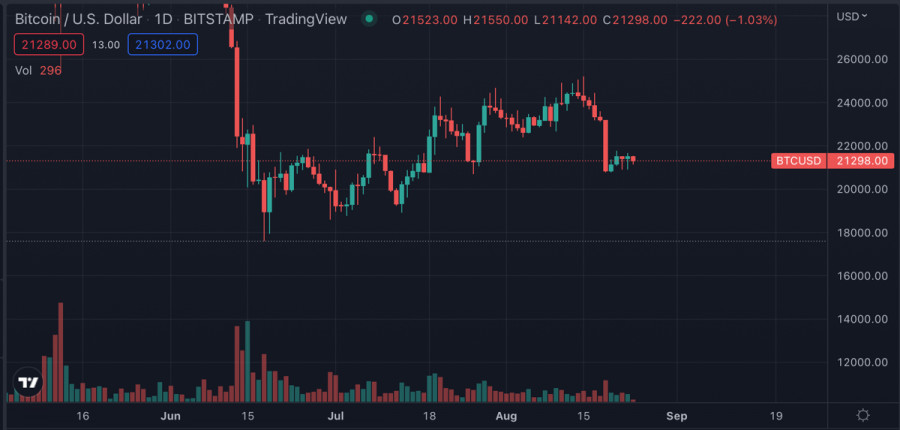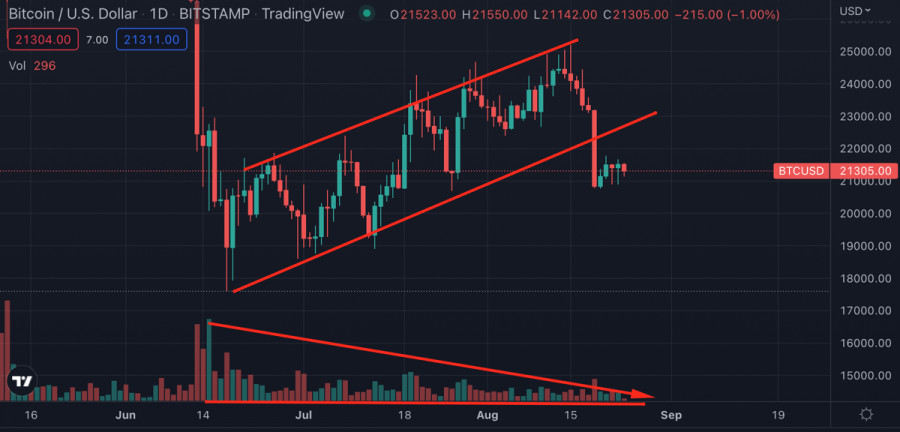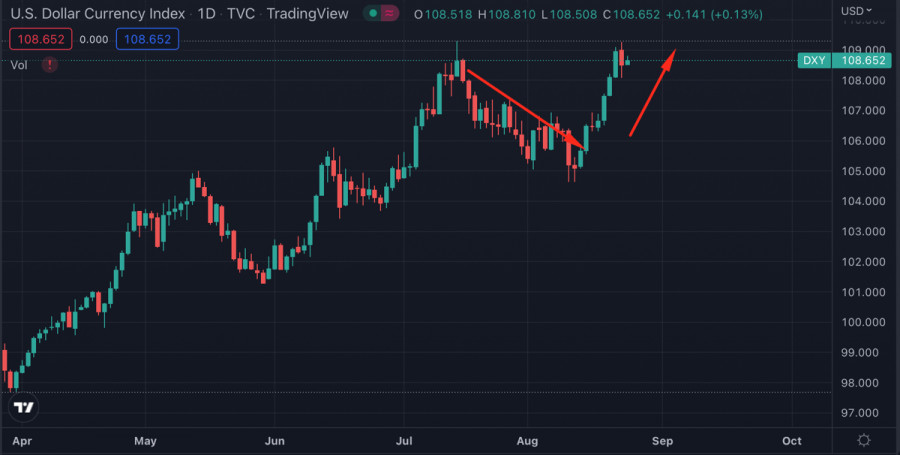
Bitcoin made a powerful fall to the $20.7k–$22k range, where it continues to move in a flat and tries to realize local impulses. However, in general, after a bullish period provoked by a number of factors, Bitcoin and the entire market returned to its original state in mid-June. Glassnode experts also note that, despite a powerful rebound, where the main cryptocurrencies managed to reach local highs, there was no significant influx of new investors.

Analysts noted that after Bitcoin formed a local bottom at $17.7k, the market moved into a phase of local recovery. It lasted for about a month and ended with a downward breakdown of the $23.5k BTC level. Glassnode experts confirm that positive fundamental news has become the main source of Bitcoin growth. This indicates the impulsive nature of growth and does not correspond to the classic upward trend. The second important signal indicating an imminent fall in BTC/USD quotes was low trading volumes during the upward movement of the cryptocurrency.

An important part of the upward movement of the main cryptocurrency was the correction of the DXY index, which strengthened significantly after the Fed tightened monetary policy. Bitcoin has an inverse correlation with this index, and, therefore, the monthly correction of the dollar index provoked an easing of pressure on the crypto market. However, the true reason for updating the local high of BTC is due to several reasons. And the main one is the macroeconomic situation, which remains unpredictable and changes at an astounding rate.

Among the unexpected but important factors that contributed to the growth of the crypto and stock market are the economic problems of the European Union. In mid-July, the EUR went below 1 against the US dollar. This forced the Fed to suspend its quantitative reduction policies and release large amounts of USD into the markets. In other words, the Fed deliberately weakened the US dollar to stabilize the situation with the currencies of other countries. As a result, the DXY correction increased significantly, which allowed Bitcoin to continue its upward movement.
As of August 24, we see a continuation of the DXY upward trend and a new stage of correction in Bitcoin and the cryptocurrency market. Many analysts point to a movement towards the local bottom and even an update of this indicator. However, at the same time, the cryptocurrency market is approaching the historical update of Ethereum called Merge. Capriole Investments founder Charles Edwards said that mining companies have passed the capitulation stage, and the volumes they sell do not affect the price of BTC.
On the macroeconomic front, there are also prerequisites for a likely change in the Fed's monetary policy. Over the past month, inflation fell by 0.6%, but at the same time, the regulator continued to withdraw liquidity and raise the rate. However, the ECB said that the aggressive rate hike did not help the EUR and the European economy. As a result, the euro once again caught up with the US dollar, which may force the Fed to change its monetary policy again. Given that the peak of inflation has passed and the risk of a recession is increasing, the monetary policy of the US regulator may change as early as September, which will give a positive impetus to the crypto market.
In the current situation, Bitcoin and the cryptocurrency market will have to go through another serious downturn. However, given the normalization of the overriding factors that contributed to the BTC price crash, such as miner capitulation, the $20k key milestone will remain intact. Ethereum also remains in demand among institutional investors and miners, whose stocks have updated a three-year high. With this in mind, the main fundamental factors indicate that a new recovery phase of the crypto market will begin in the fall.